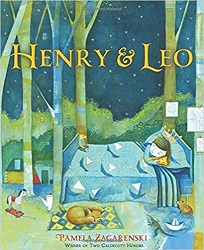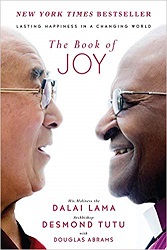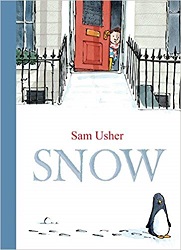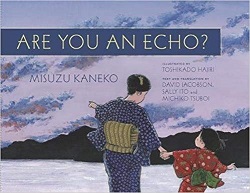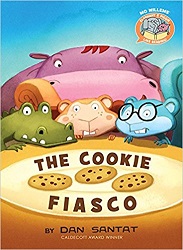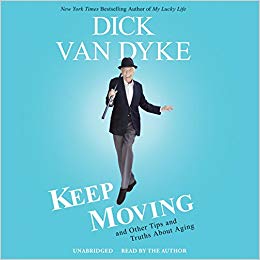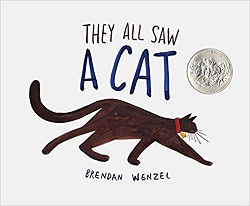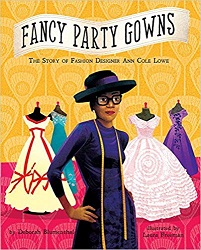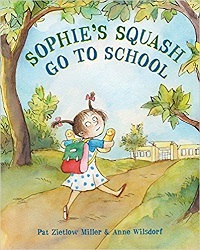
I haven’t posted a Newbery Notes post in awhile, and 2018 is finishing up! Today I finished reading my 300th Newbery-eligible book that’s longer than a picture book!
Now, I’ve also begun 33 books I didn’t finish and read 576 picture books. This adds up to 98,391 pages! Yes, I will hit 100,000 pages very soon.
To put it in perspective, though, today I received my 676th book from publishers. So I have not at all read every book I have received. I’ve looked at them all, though! And there are 15 committee members all keeping their eyes open for great books.
Why is it crunch time? Well, in December our final nominations are due. Nominated books are the only books we will discuss and consider for the Newbery Medal when the committee meets January 24 to 27. We have already nominated three in October and two in December — and there’s not much time left to choose the final two.
In the last couple weeks, I finished reading all the books that committee members have suggested — and now I don’t have much time left to read all the interesting books that have been beckoning in order to discover any overlooked gems. I also want to reread four or five of my favorite books to decide which two get my last nominations.
It’s dawned on me that I get seven nominations — but I will only get three votes! So we really do only want the very best books nominated. And I won’t end up getting to vote for all the books that I nominated.
So things will get easier after I choose my final two nominations, right?
Well, not so much!
If everyone nominates a different book, there will be 105 books nominated. I can’t tell you actual numbers, but let’s just say that’s not likely to happen. My guess would be somewhere around half of that, so let’s say that 40 to 60 books are nominated.
Now, I’ve read every book suggested so far. But in order to bring my best to the discussion, what I *want* to do is reread every nominated book and take detailed notes. And print reviews. And think hard about the Newbery criteria.
But let’s look at numbers. Today, there are 50 days left until the committee meets. But we won’t have the nominated books for another couple weeks. So I’m going to have not much more than 30 days to reread 40 to 60 books. I’m going to have to prioritize.
Fortunately, I did write reviews or at least notes after reading the books. So if a book only gets one nomination, and I can remember the book from my review — that’s going to be a lower priority than a book with several nominations that I know is a serious contender.
But I’m going to want to be reading and reading and reading!
I’m hoping, by the way, to post the reviews after the award winners are announced. But since I currently have 310 or so reviews — they won’t all get posted any time soon. In fact, you may have noticed I’m still posting reviews now. Well, when I started my Newbery reading last year, I had 289 review drafts of 2016 and 2017 books on my website. I’d really like to “catch up” and get all those posted before the Newbery is announced. So that’s why I’m trying to post a review every day — I only have 42 drafts left, but I am reading a few adult nonfiction books that I’ll probably finish before then, so I don’t want to slack off.
I do want to make my annual Sonderbooks Stand-outs list this year — but I can’t post it until after our winners are announced. I think I’ll make the list, though, on New Year’s Day as usual — that way I can say that the list only reflects my opinion and has no input from the committee.
And all this is why I won’t be sending out Christmas cards this year. Or thinking a whole lot about Christmas.
But I am looking forward to the most awesome book discussion of my life!
We are going to be in a locked room in Seattle January 24 to 27. We’ll discuss all the nominated books — and these are outstanding books and really knowledgeable people who will have read the books multiple times. It’s going to be awesome!
Monday, January 28, bright and early, we’re going to call the winners on speakerphone and congratulate them on writing such a truly distinguished book. Then at 8 am Seattle time, the awards announcements will commence to let the world know!
How’s it been reading for the Newbery committee? Completely and totally awesome.
Yes, I wish I’d read *more* books — but I think between the other committee members and me, we’ve discovered some truly outstanding writing that’s been done this year.
Yes, I’ve done a lot of reading. My co-worker said she’s glad I’m not tired of it yet — and the truth is, I’m just not. Yes, last weekend I had a small string of Did-Not-Finish books. But whenever I hit lackluster books — it’s never long before I find a book I truly enjoy. Today I finished two books in that category. There will probably never be another time in my life when I can rationalize so much time spent reading — and honestly, I’m going to miss it.
Anyway, it’s not over yet! I should sign off and get back to reading!
PS Got any questions about the process? Ask in the comments!
